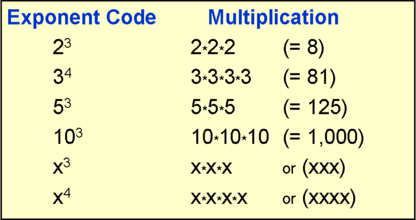
By the same token, however, pirate fun, pursued in the privacy of pirates’ down-time, did have a refreshingly civilizing function that sharply contrasted with the rest of their ugly lives.


But whereas Sons of Liberty, rebellious slaves and even some of the roughest 49ers managed to craft transgressive joys that pulled the larger society together pirates, just looking out for themselves, viciously drove society apart. Which is not to say that they weren’t the exponents of some kind of American fun, and of a kind that has been wildly popular ever since. Nobody’s idea of brazen citizens, pirates were flat-out criminals. Indeed, for all their exuberant transgressions, and even for all their mutual admiration, they sullied the trends in “radical civility” that I was tracing throughout the nation’s history. Leeson has demonstrated, they were also crafty promoters of their own “devil-may-care” image and “their brand name for cruelty and insanity.” No wonder then that as a subculture, they remain so widely well-beloved.īut pirates would have been a game changer for my book. Most of all, with their swashbuckling flare, Golden-Age Pirates were indefatigably daring in their close-hauled death race for adventure and booty. Pirates were the tyrannosaurus rexes of fun – insatiable, savage in their pursuit of pleasure, bloodthirsty in their disrespect for law and as tacky as magpies in their outlandish tastes for rainbow velvets and glittering jewelry. There was so much to see! In the late 17th and early 18th centuries, a tidal wave of roaring decadence, popularly known as the Golden Age of Piracy, was storm-surging all of maritime society from the Caribbean Islands to the Indian Ocean.

Daniels, who contends that Puritans were actually quite lively, but also unable to leave the period alone, I took a little dogleg down the coast and saw what trouble the pirates had gotten themselves into. 140 years of mirthless oppression? It seemed so un-American. While writing an early draft of my recent book, American Fun: Four Centuries of Joyous Revolt, I became impatient with the Northeastern cultural glacier that stretched between the wild party that was 1620s Merry Mount and obstreperous 1760s Boston.


 0 kommentar(er)
0 kommentar(er)
